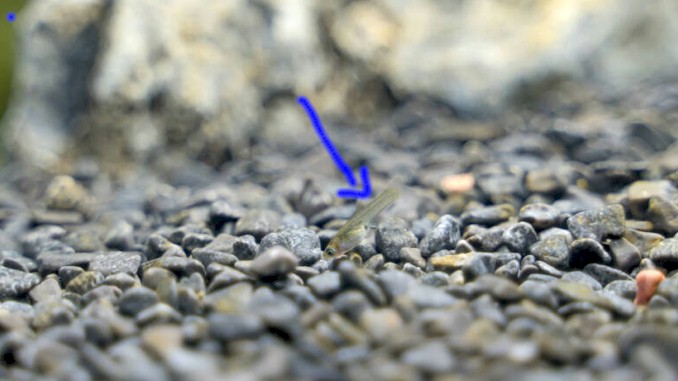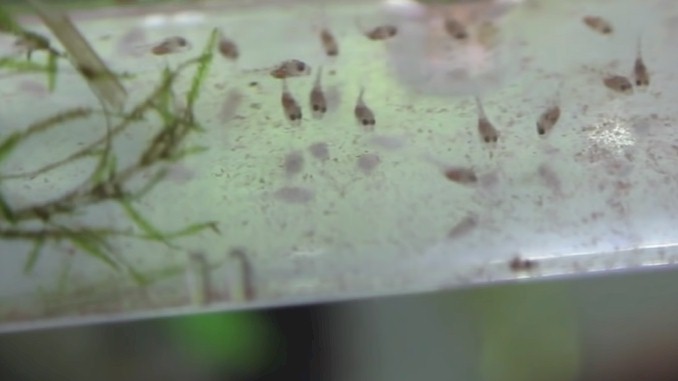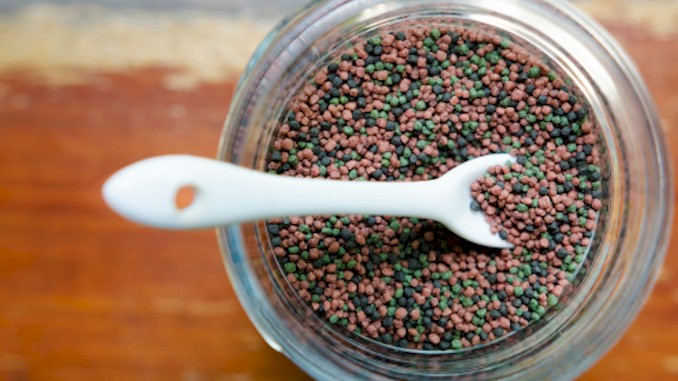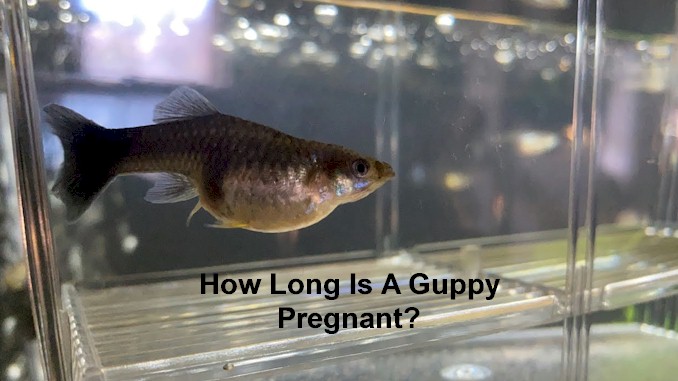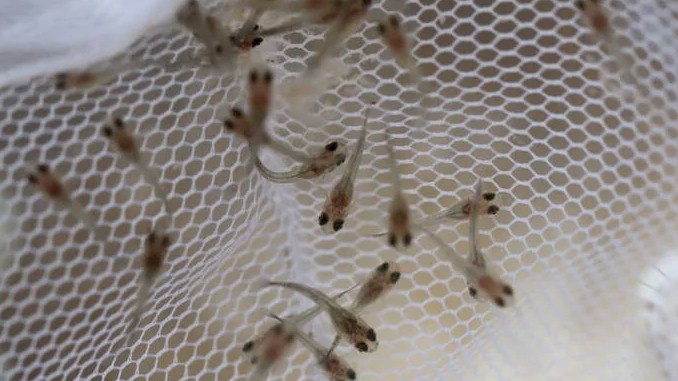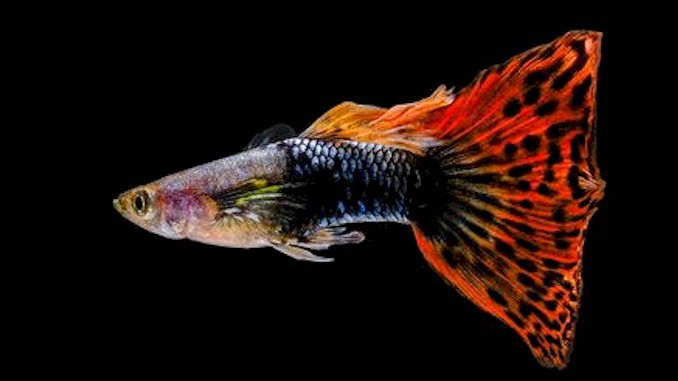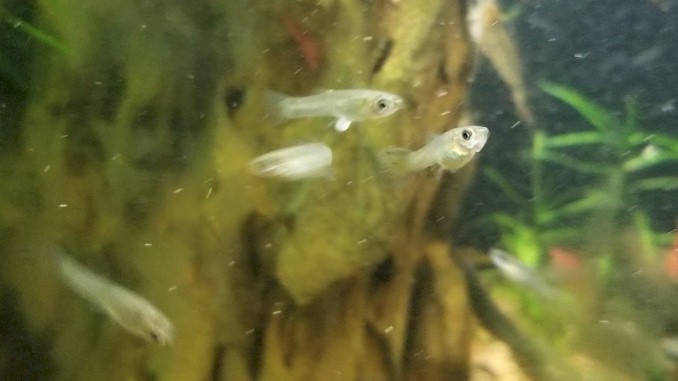Guppy Fry Care Made Easy: Tips and Tricks for Success
Guppies are a fun fish to keep and breed. They reproduce very easily. However, they do not take care of their fry. Baby guppies are left by their parents, often they are even eaten by the adults. In this article I will show to how to properly care for your guppy fry.
Guppy fry require a specific set of environmental conditions and dietary needs to thrive. To care for them, it is crucial to maintain a consistent water temperature, provide ample hiding spaces, and feed them a diet of high-quality, protein-rich foods. Additionally, frequent water changes and regular monitoring of water quality are essential to ensure their health and well-being. With proper care and attention, guppy fry can grow into healthy adult fish and bring joy to any aquarium.
There is much more to learn about caring for guppy fry. In the following sections of this blog post, I will delve deeper into each aspect of guppy fry care, providing you with a comprehensive guide that covers everything you need to know. From setting up the ideal tank environment to selecting the right foods and managing breeding, I will offer practical advice that you can implement right away. So, whether you are a seasoned aquarist or just starting with guppy fry, keep reading to discover all the tips and tricks that will help you ensure the health and happiness of your tiny aquatic friends.
Creating the Ideal Tank Environment for Guppy Fry
When it comes to setting up a tank for guppy fry, there are several factors to consider. Firstly, the size of the tank is important. A 10-gallon tank is a good starting point for a small number of fry. However, if you plan on breeding multiple batches of fry, it’s best to invest in a larger tank to accommodate their growth.
Another crucial aspect of creating an ideal tank environment for guppy fry is temperature control. Guppy fry require warm water with a consistent temperature between 78-82°F. Any fluctuations in temperature can have a significant impact on their growth and health. To maintain a stable temperature, invest in a reliable aquarium heater and thermometer.
Guppy fry are also highly sensitive to water quality, so it’s important to keep their tank clean and well-maintained. Regular water changes are crucial to ensure the water remains free of toxins and harmful bacteria. As a general rule, aim to perform a 20-30% water change once a week, and use a high-quality water conditioner to neutralize any chlorine or chloramine present in the water.
When it comes to decorating the tank, provide plenty of hiding places for the fry to feel safe and secure. This can be achieved by adding live or artificial plants, rocks, and other structures that offer shelter. Not only will this make the fry feel more at home, but it will also encourage them to explore and swim around, which is essential for their physical development.
Creating the ideal tank environment for guppy fry requires careful consideration of several factors, including tank size, temperature control, water quality, and decor. By providing a warm, clean, and stimulating environment for your guppy fry, you can help ensure their growth and development, leading to healthy and happy adult fish.
Feeding Guppy Fry: A Comprehensive Guide
Feeding guppy fry can be challenging, as they have unique dietary requirements that change as they grow. Initially, they rely on their yolk sac for nutrition, but as this is depleted, they need to be fed small, frequent meals of high-quality food. Here is a comprehensive guide to feeding guppy fry:
- Infusoria: When guppy fry first hatch, they are very small and require tiny food particles. Infusoria is a great option at this stage, as it consists of microscopic organisms that are perfect for the tiny mouths of fry. To create infusoria, simply add a small piece of lettuce or other plant matter to a container of water and allow it to decompose. The resulting water will contain a plethora of tiny organisms that guppy fry can feed on.
- Baby brine shrimp: Once the fry are a few days old, you can start feeding them baby brine shrimp. These small crustaceans are packed with protein and are easy for the fry to digest. You can purchase baby brine shrimp eggs and hatch them at home or buy them frozen from a pet store.
- Microworms: Another excellent food source for guppy fry is microworms. These tiny worms are easy to culture at home and are a great source of protein. To culture microworms, mix oatmeal with water and add a small amount of yeast. Allow the mixture to sit for a few days, and you should see tiny worms crawling around.
- Commercial fry food: As the fry grow, they will require more substantial food sources. You can start introducing commercial fry food into their diet, which is specifically formulated to meet their nutritional needs. Look for a high-quality brand that contains a mix of protein, fats, and vitamins.
- Live foods: In addition to the above options, live foods like daphnia and mosquito larvae can be added to the fry’s diet as they grow. These foods provide essential nutrients and are a great way to keep the fry active and engaged.
Feeding guppy fry requires a carefully planned and diverse diet to ensure they receive the essential nutrients they need to thrive. By offering a mix of live and prepared foods, you can provide your guppy fry with a balanced diet that promotes healthy growth and development.
Water Quality Management for Guppy Fry: What You Need to Know
Maintaining high water quality is essential for the health and survival of guppy fry. As they are sensitive to changes in water parameters, it’s crucial to keep their tank clean and properly maintained. Here’s what you need to know about water quality management for guppy fry:
- Cycling the tank: Before adding guppy fry to a tank, it’s essential to cycle the tank first. This process establishes a healthy colony of beneficial bacteria that will help break down waste products and keep the water clean. To cycle a tank, add a source of ammonia, such as fish food or pure ammonia, and allow it to decompose. This will kick-start the growth of beneficial bacteria.
- Filtration: A good filtration system is critical for maintaining water quality in a guppy fry tank. Look for a filter that is appropriately sized for your tank and can handle the bio-load of the fish. It’s also important to clean the filter regularly to prevent the buildup of debris.
- Water changes: Regular water changes are essential for maintaining good water quality in a guppy fry tank. Aim to change 25% of the water in the tank every week, and be sure to treat the new water with a dechlorinator before adding it to the tank.
- Temperature: Guppy fry thrive in warm water, and the temperature should be kept between 78-82°F. It’s important to use a reliable thermometer to monitor the water temperature, as fluctuations can be harmful to the fry.
- Ammonia and nitrite levels: Ammonia and nitrite are two harmful substances that can accumulate in a tank and harm guppy fry. It’s important to regularly test the water for these substances and take action if levels are too high. A good rule of thumb is to keep ammonia levels below 0.25ppm and nitrite levels below 0.5ppm.
Water quality management is critical for the health and survival of guppy fry. By cycling the tank, using a good filtration system, performing regular water changes, monitoring the temperature, and testing for ammonia and nitrite levels, you can create a safe and healthy environment for your guppy fry to thrive in.
Common Issues with Guppy Fry and How to Address Them
Despite your best efforts, guppy fry can still experience health problems. Here are some of the most common issues you might encounter and how to address them:
Swim Bladder Disorder
This is a common issue in guppy fry, and it can cause them to struggle to maintain their balance and swim properly. To address this, you can try feeding them small, frequent meals throughout the day and avoiding overfeeding.
Fin Rot
This is a bacterial infection that can cause the fins to deteriorate and fray. To address this, you’ll need to ensure good water quality in the tank and consider using a medication designed to treat bacterial infections.
Fungal Infections
Fungal infections can occur in guppy fry, causing white patches or fuzzy growths on their bodies. To address this, you’ll need to treat the water with a fungicide and remove any infected fish from the tank to prevent the infection from spreading.
Parasites
Guppy fry are susceptible to various parasites, including ich and velvet. To address these, you’ll need to treat the tank with a medication designed to target the specific parasite.
Overcrowding
Overcrowding can lead to stress and health problems in guppy fry. To address this, ensure that you’re not keeping too many fish in the tank and that they have plenty of space to swim and hide.
Poor Water Quality
Poor water quality can lead to a variety of health problems in guppy fry. To address this, perform regular water changes, use a good filtration system, and test the water regularly for ammonia and nitrite levels.
In summary, guppy fry can experience a variety of health issues, but by monitoring their behavior and addressing any problems promptly, you can help ensure their health and wellbeing. By maintaining good water quality, avoiding overcrowding, and addressing any health issues promptly, you can help your guppy fry grow and thrive.
Growth and Development of Guppy Fry: What to Expect at Each Stage
Guppy fry go through several developmental stages as they grow and mature. Here’s what you can expect at each stage:
- Newborn fry: When guppy fry are first born, they’re incredibly tiny and vulnerable. They’ll spend most of their time hiding and grazing on algae and other tiny organisms in the tank.
- Juvenile stage: As guppy fry grow, they’ll start to develop more distinct markings and coloration. They’ll also become more active and adventurous, swimming around the tank and exploring their environment.
- Adult stage: By the time guppy fry reach adulthood, they’ll have fully developed coloration and markings. They’ll be more active and social, interacting with other fish in the tank and displaying courtship behaviors.
To ensure that your guppy fry grow and develop properly, it’s important to provide them with a healthy and stimulating environment. This means ensuring good water quality in the tank, providing plenty of hiding places and plants, and feeding them a varied and nutritious diet.
It’s also important to monitor their growth and development closely, as any abnormalities or stunted growth could be a sign of underlying health problems. Regular water tests and visual inspections of the fish can help you catch any problems early and address them promptly.
By providing a healthy and nurturing environment for your guppy fry, you can help them reach their full potential and grow into happy and healthy adult fish.

